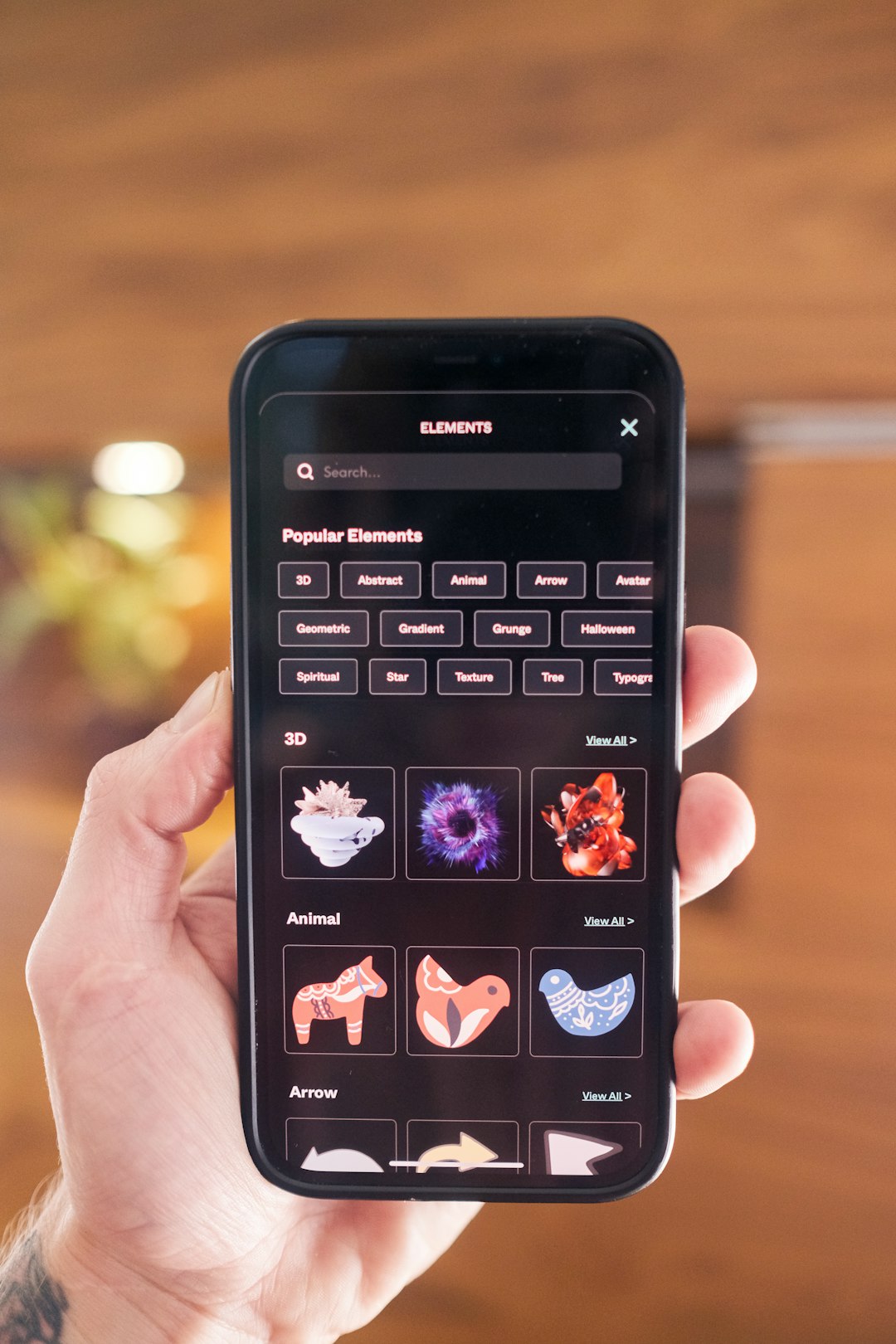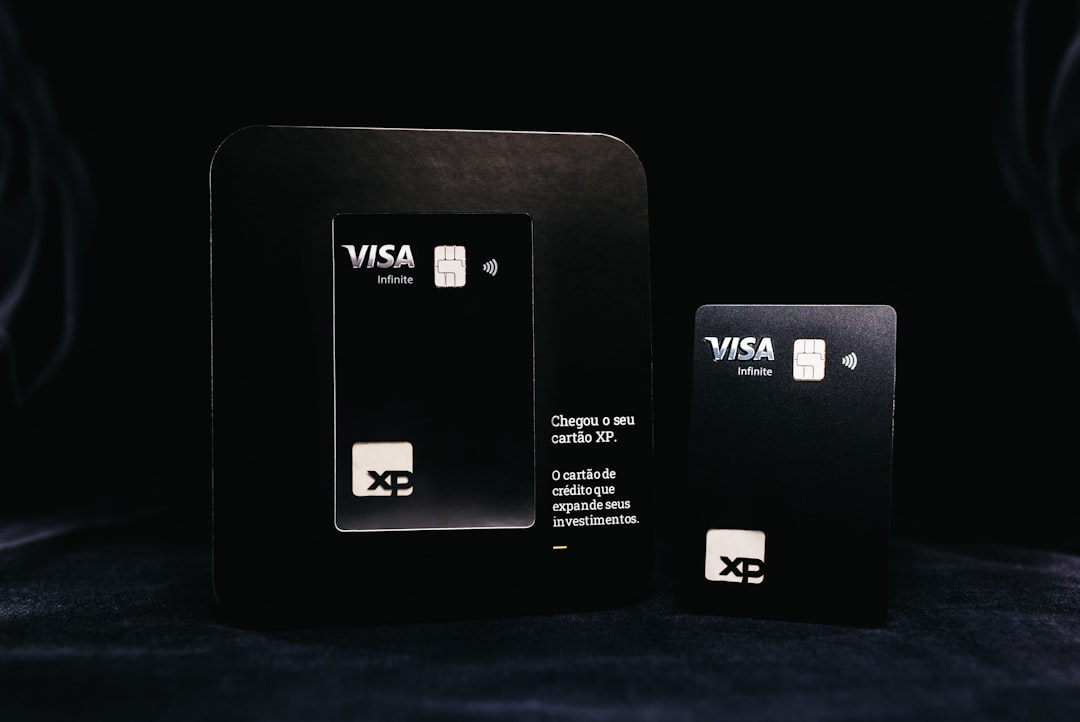For subscription-based businesses, ensuring customer retention is critical to long-term success. Yet, many companies struggle with subscription churn—a costly phenomenon when users discontinue their recurring purchases. Understanding and mitigating churn has become a core focus for businesses across industries like SaaS, subscription boxes, media streaming, and beyond.
Fortunately, innovative churn reduction strategies can help companies keep more customers engaged, even when usage or enthusiasm dips. Among these strategies, three stand out for their effectiveness and flexibility: pause options, dunning systems, and save offers.
Understanding Subscription Churn
Before diving into solutions, it’s worth understanding why customers leave in the first place. Common reasons include:
- Affordability concerns or financial hardship
- Lack of perceived value or product relevance
- Technical issues or billing failures
- Changing personal circumstances
By addressing these underlying causes, businesses can not only retain more customers but also enhance their brand reputation and refine their offerings.
Pause Options: Giving Customers Breathing Room
Sometimes, the best way to keep a subscriber is to let them take a break. The ability to pause a subscription—whether for a week, a month, or even longer—gives customers agency without forcing a cancellation decision. This can be particularly valuable in industries that rely on personal preferences or lifestyle alignment.
For example, a customer who is going on vacation might not want meals delivered, or someone overwhelmed at work might not have time for their streaming service. Rather than losing those subscribers permanently, a pause feature lets you bridge the gap until their interest or need resumes.
Benefits of implementing pause options include:
- Reducing involuntary churn driven by temporary dissatisfaction or inconvenience
- Maintaining positive customer relationships during inactive periods
- Creating automated win-back campaigns when the pause period ends
It’s important to make the pause experience as seamless as possible. Offer clear messaging, keep the pause flexible, and incorporate proactive reactivation reminders toward the end of the pause period.

Dunning Campaigns: Recovering Failed Payments
Not all churn is intentional. Many customers leave simply because their payment method fails and they didn’t even realize it. The process of managing failed payments—known as dunning—can be one of the most immediately impactful churn reduction tools in your arsenal.
Effective dunning scenarios involve a series of automated messages designed to:
- Inform the user that a payment issue occurred
- Provide clear and secure ways to update their payment method
- Create urgency without being aggressive
Best practices for dunning include sending:
- An immediate notification right after the failed transaction
- A follow-up after 3 days, with a link to update billing info
- A final reminder after 7 days, possibly with a temporary service extension
Ensuring your payment system retries billing intelligently and communicates effectively can reduce involuntary churn significantly—often by as much as 10-20%.
In addition, consider using in-app alerts, SMS messages, or even phone calls for high-value accounts to ensure important billing issues aren’t overlooked.

Save Offers: Last-Minute Persuasion with Smart Incentives
Sometimes a customer really is on the verge of canceling—and that’s when the magic of save offers can come into play. A save offer is a targeted incentive intended to convince a user to reconsider their decision to cancel. Done right, these offers can convert potential exits into extended commitments.
Common types of save offers include:
- Discounted pricing for a limited time (e.g., 50% off next 3 months)
- Added value like bonus features, credits, or content
- Personalized messaging based on user behavior or loyalty
It’s important that save offers don’t feel manipulative or desperate. Instead, they should come across as thoughtful acknowledgments of the customer’s value, and a genuine attempt to help them stay on board.
Some optimization tips:
- Trigger offers at the moment of cancellation, but give users an easy way to accept or decline
- A/B test different offers to see what works best for each segment
- Use clear copy and eliminate friction when redeeming the incentive
Even if only a fraction of users accept the save offer, that’s churn you’ve actively prevented—and that adds up significantly over time.
Combining Strategies for Maximum Retention
Using any one of these methods can be helpful, but the most successful subscription services take a comprehensive approach to churn prevention. By layering pause functionality, dunning campaigns, and save offers, you’re covering all three main types of churn:
- Voluntary churn, addressed through save offers and pauses
- Involuntary churn, reduced with effective dunning
- Seasonal or contextual churn, mitigated with flexible options

Imagine a scenario where a customer tries to cancel, and they are first offered a pause. If they decline, a save offer is presented. On the backend, dunning ensures that even if there’s a billing hiccup, it’s addressed promptly. This multi-pronged retention protocol keeps more users loyal—and supports overall growth.
Measuring the Impact
Once these systems are implemented, it’s important to measure their efficacy. Key metrics might include:
- Retention rate improvements over time
- Offer redemption rates for save campaigns
- Successful payment recovery rate from dunning flows
- Customer satisfaction scores post-interaction
Regular performance evaluations and customer feedback loops can help refine these strategies further and tailor them to evolving audience needs.
Conclusion: Proactive Retention is Smart Business
Reducing churn isn’t about coercion—it’s about empathy, timing, and smart systems that put the customer first. Subscription businesses that build thoughtful pause features, comprehensive dunning communications, and personalized save offers are better equipped to handle the ups and downs of user engagement.
As competition rises and customer expectations grow, investing in churn-reducing tools not only protects your revenue, but also enhances the user experience. In the subscription economy, loyalty isn’t just earned once—it’s maintained with every billing cycle.
Are your churn systems working for you? Now is the time to find out—and improve them before it’s too late.